
Located in the south-western centre of Ghana, the Central Region now has 22 administrative districts and shares common boundaries with Western and Western North Regions on the west, Ashanti Region on the north, Eastern Region on the north-east and Greater Accra Region on the east. On the south is the 168-kilometre length Atlantic Ocean (Gulf of Guinea) coastline.
The Central Region was the former administrative centre of the Gold Coast. The region was the first area in the country to make formal contact with the Europeans. Its capital, Cape Coast, with the local name Oguaa was the capital of the Gold Coast until 1877, when the capital was moved to Accra. It was in the castle of Cape Coast that the historic Bond of 1844 was signed between the British and the 17 coastal and near-coastal states.
The region is home to historical monuments such as forts and castles. The renowned ones are the Cape Coast Castle in Cape Coast, the Elmina Castle and Fort Sao Jago both in Elmina, the Fort William at Anomabo and Fort Good Hope at Senya. It was in the castle of Cape Coast that the historic Bond of 1844 was signed between the British and the Fante Confederation.
The region has two universities, the University of Cape Coast and the University of Education, Winneba. The Cape Coast Municipality has reputable secondary schools such as the Mfantsipim School, St. Augustine?s College, Wesley Girls High School, Adisadel College and Holy Child School and has produced some of the prominent citizens in the country.
The Central Region was historically part of the Western Region until 1970 when it was carved out just before the 1970 Population Census. It occupies an area of 9,826 square kilometres or 4.1 per cent of Ghana’s land area, making it the third smallest in area after Greater Accra and Upper East.
The region was the first area in the country to make contact with the Europeans. Its capital, Cape Coast, was also the capital of the Gold Coast until 1877, when the capital was moved to Accra. It was in the castle of Cape Coast that the historic Bond of 1844 was signed between the British and the Fante Confederation.
In all, there are about 32 major festivals in the region. Notable among these are the Aboakyer at Winneba, Fetu at Cape Coast and Bakatue at Elmina.
The population of Eastern Region according to 2021 Population and Housing Census stands at 2,859,821 with 1,390,987 male and 1,468,834 female.
Date Created : 10/3/2023 12:00:00 AM


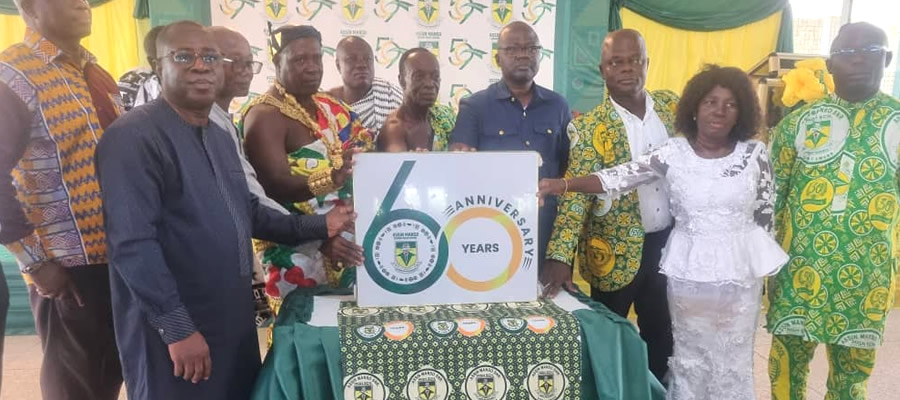
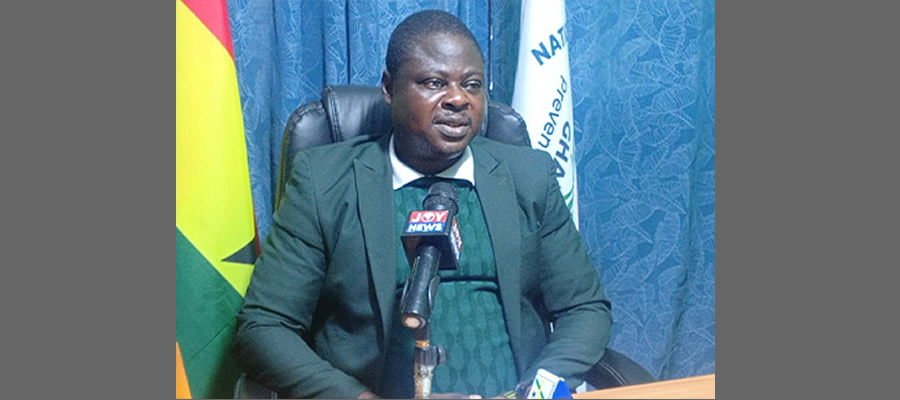
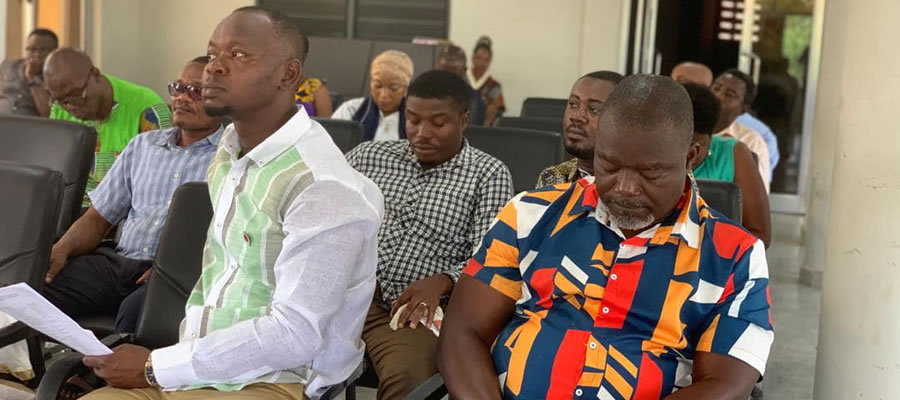

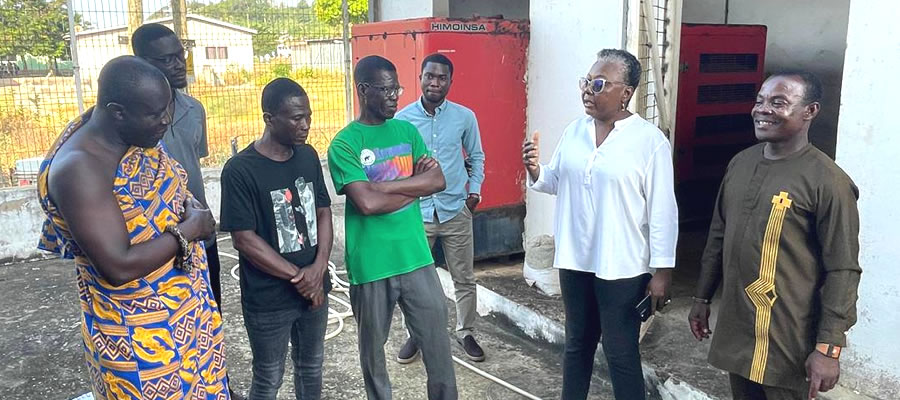

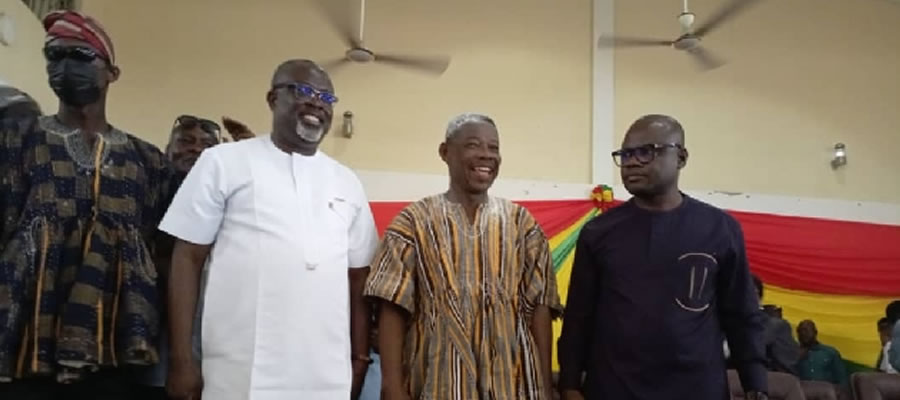
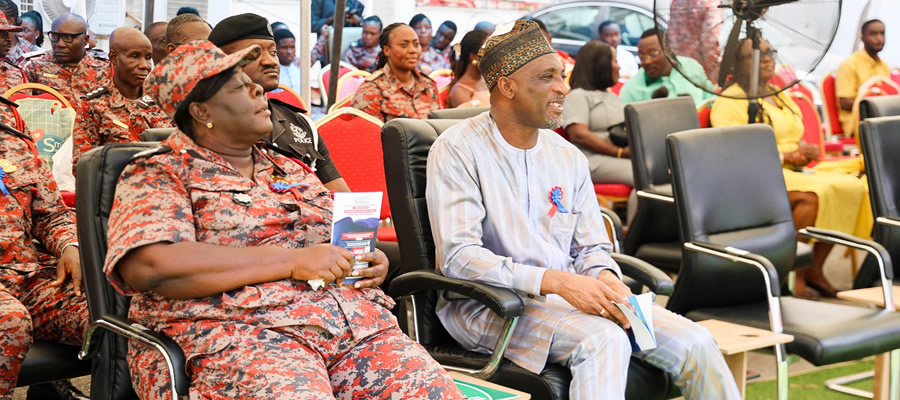


 facebook
facebook
 twitter
twitter
 Youtube
Youtube
 +233 593 831 280
+233 593 831 280 0800 430 430
0800 430 430 GPS: GE-231-4383
GPS: GE-231-4383 info@ghanadistricts.com
info@ghanadistricts.com Box GP1044, Accra, Ghana
Box GP1044, Accra, Ghana